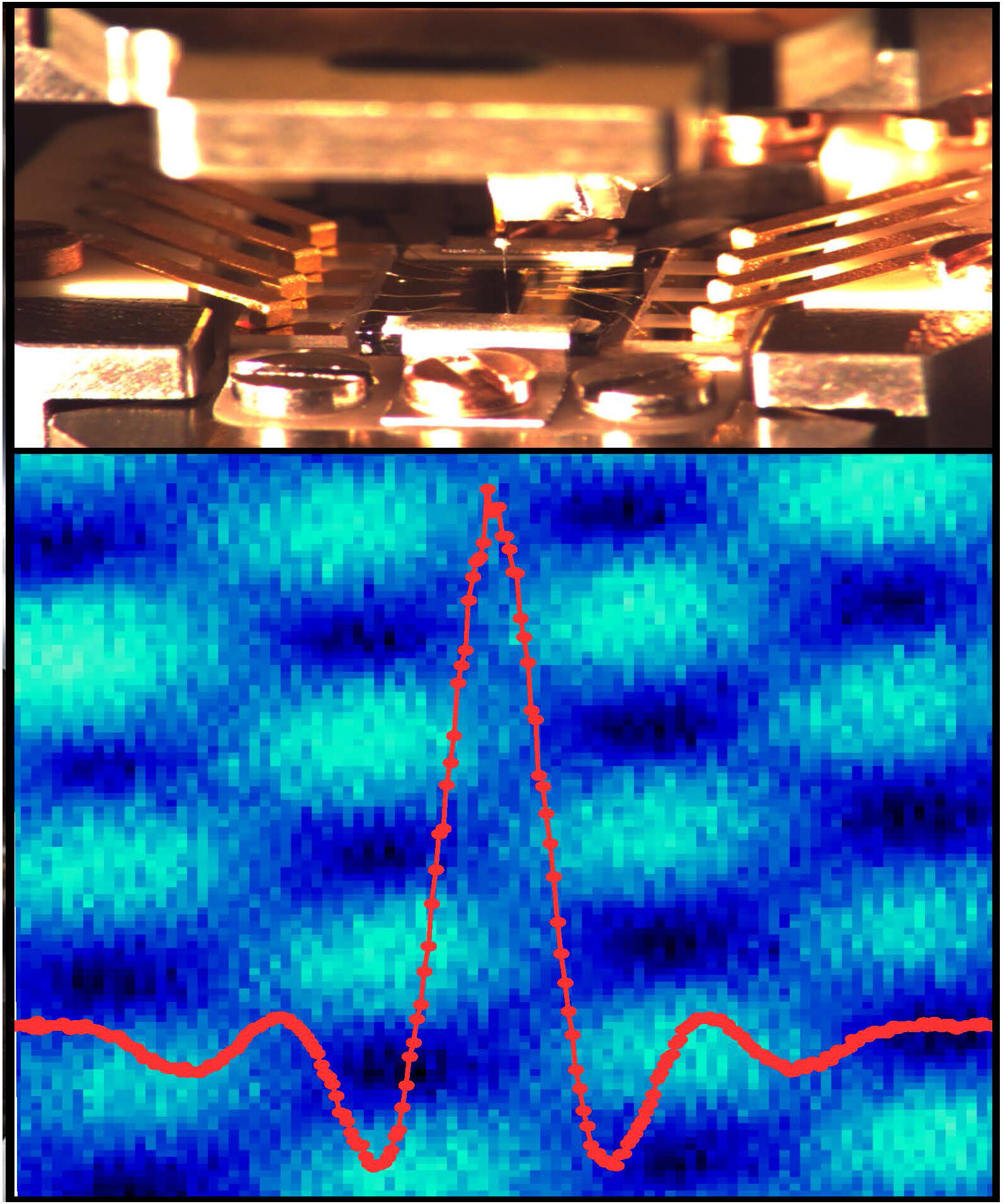
Scientists at the National Institute of Standards and Technology (NIST) have developed a novel instrument that can make three kinds of atom-scale measurements simultaneously. Together, these measurements can uncover new knowledge about a wide range of special materials that are crucial for developing the next generation of quantum computers, communications and a host of other applications.
This new three-in-one instrument is a kind of Swiss Army knife for atom-scale measurements. Two of the devices, an Atomic Force Microscope (AFM) and a Scanning Tunneling Microscope (STM), examine microscopic properties of solids, while the third tool records the macroscopic property of magnetic transport—the flow of current in the presence of a magnetic field. To build the instrument, the NIST team designed an AFM and a magnetic-transport-measuring device that were more compact and had fewer moving parts than previous versions. They then integrated the tools with an existing STM.
By simultaneously conducting measurements on scales ranging from nanometers to millimeters, the instrument can help researchers zero in on the atomic origins of several unusual properties in materials that may prove invaluable for a new generation of computers and communication devices. These properties include the resistance-less flow of electric current, quantum jumps in electrical resistance that could serve as novel electrical switches, and new methods to design quantum bits, which could lead to solid-state-based quantum computers.
Both an STM and an AFM use a needle-sharp tip to examine the atomic-scale structure of surfaces. An STM maps the topography of metal surfaces by placing the tip within a fraction of a nanometer (billionth of a meter) of the material under study. By measuring the flow of electrons that tunnels out of the metal surface as the sharp tip hovers just above the material, the STM reveals the sample’s atomic-scale hills and valleys. In contrast, an AFM measures forces by changes in the frequency at which its tip oscillates as it hovers over a surface.
A highly promising class of materials known as quantum materials, which typically consist of one or more atomically thin layers, has strong quantum effects between groups of electrons which persist over large distances and the rules of quantum theory can dominate even on macroscopic length scales.
The paper has been published in Review of Scientific Instruments.
